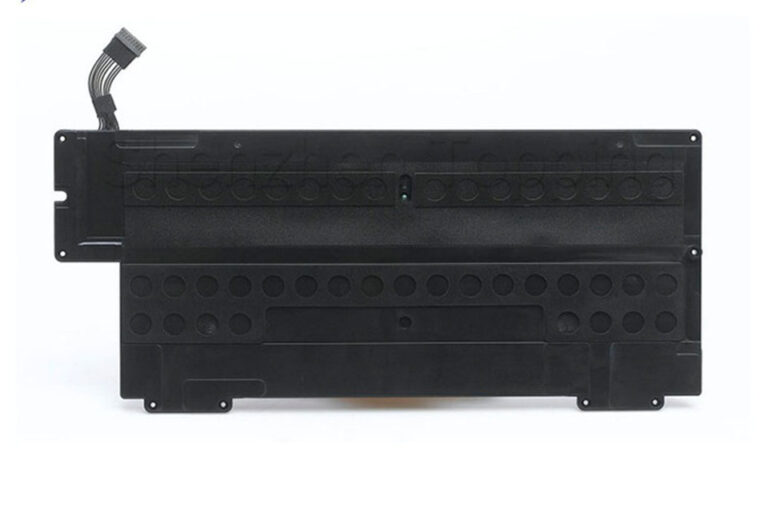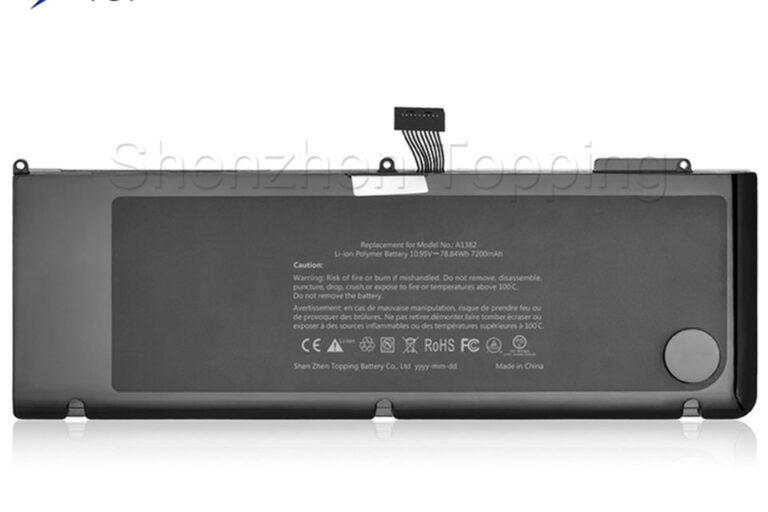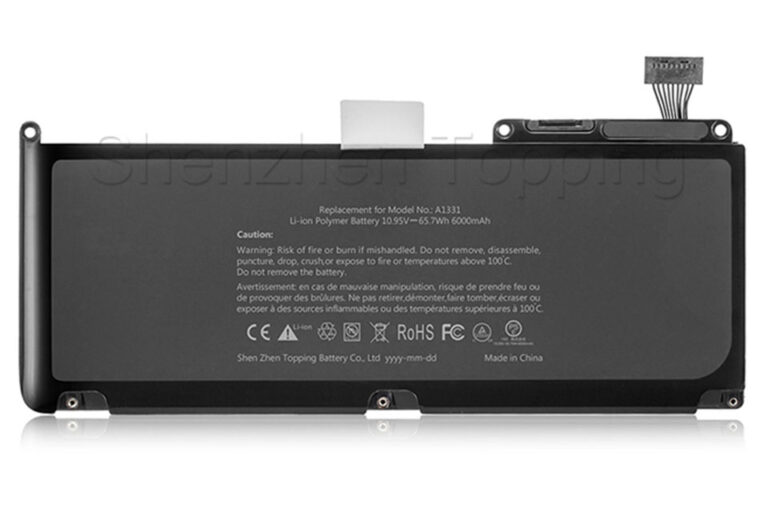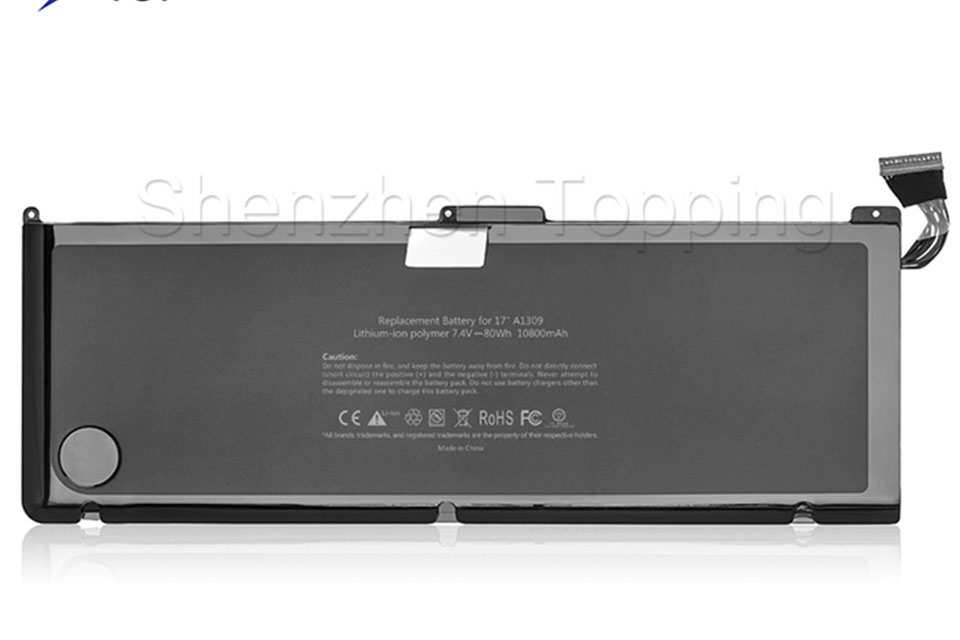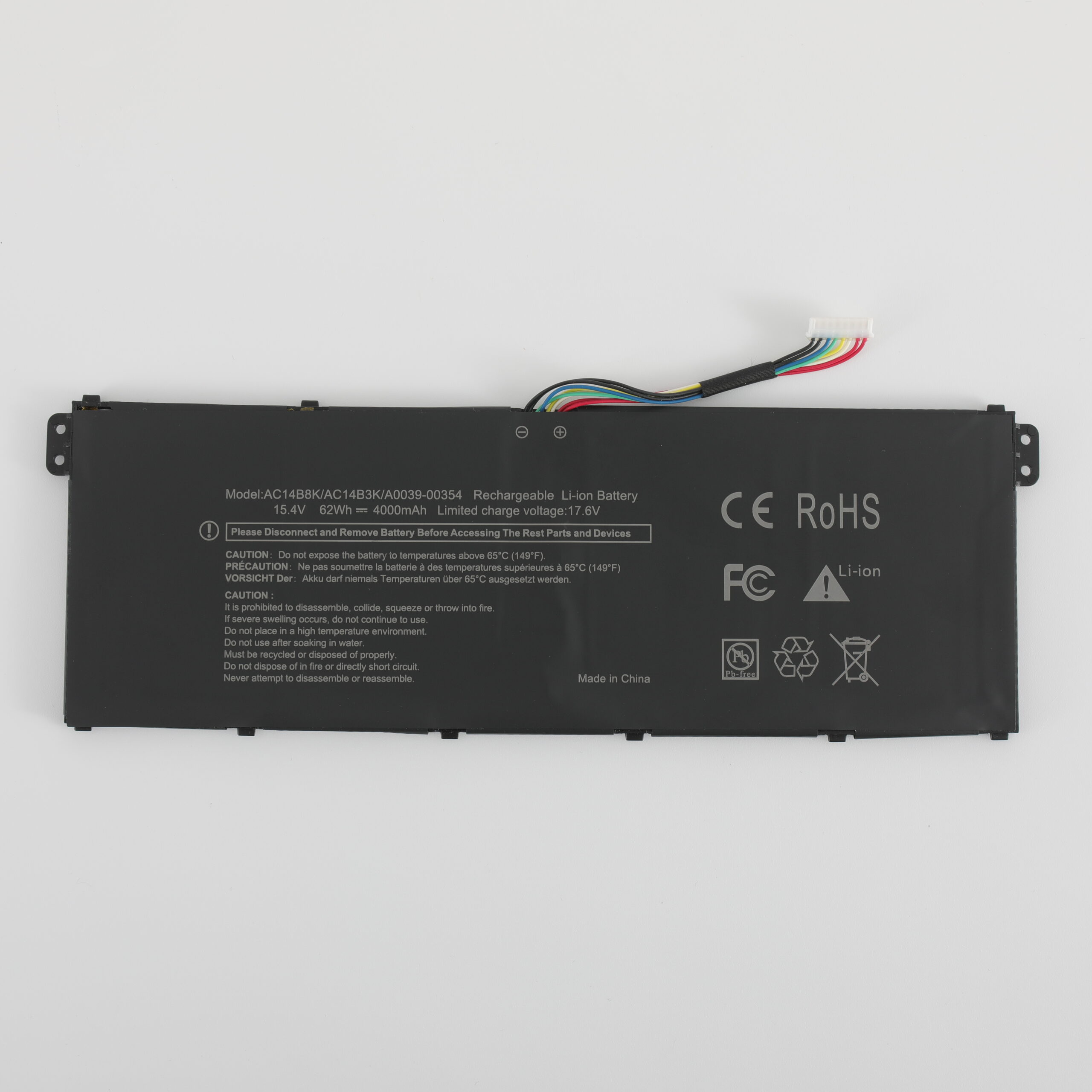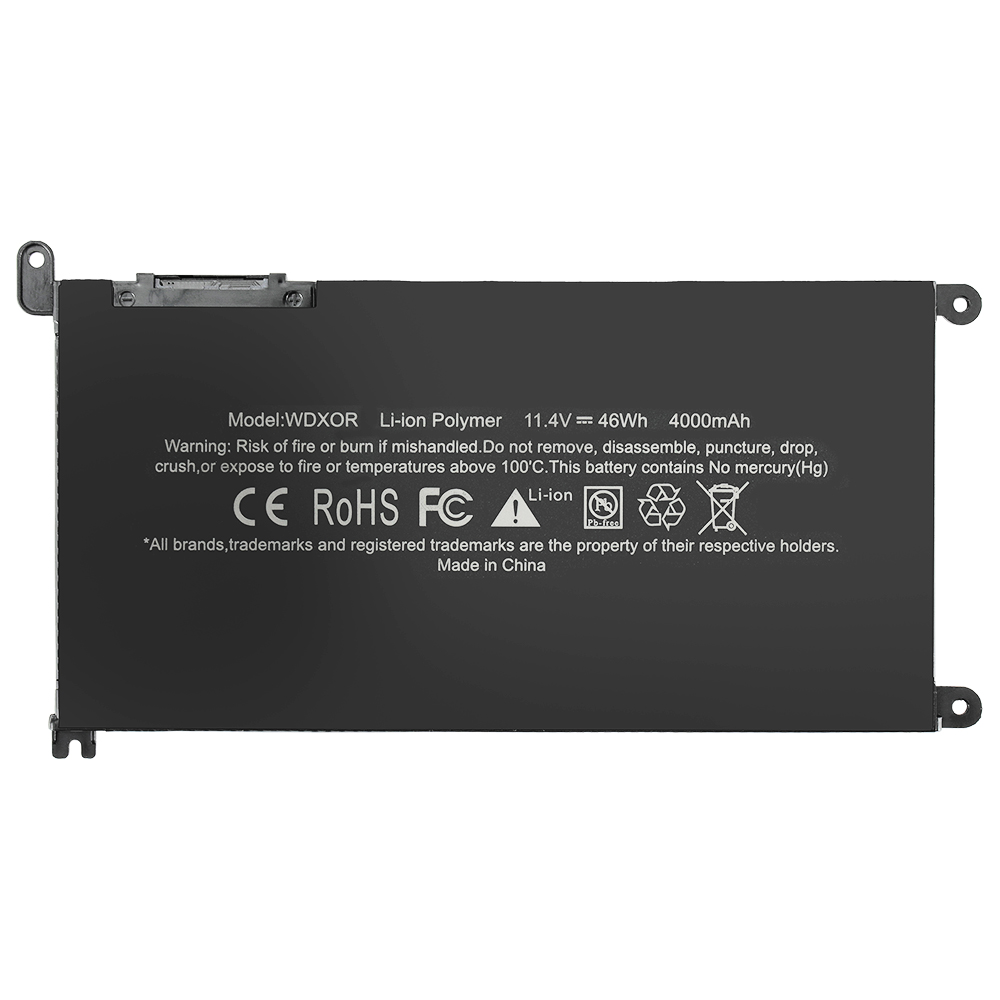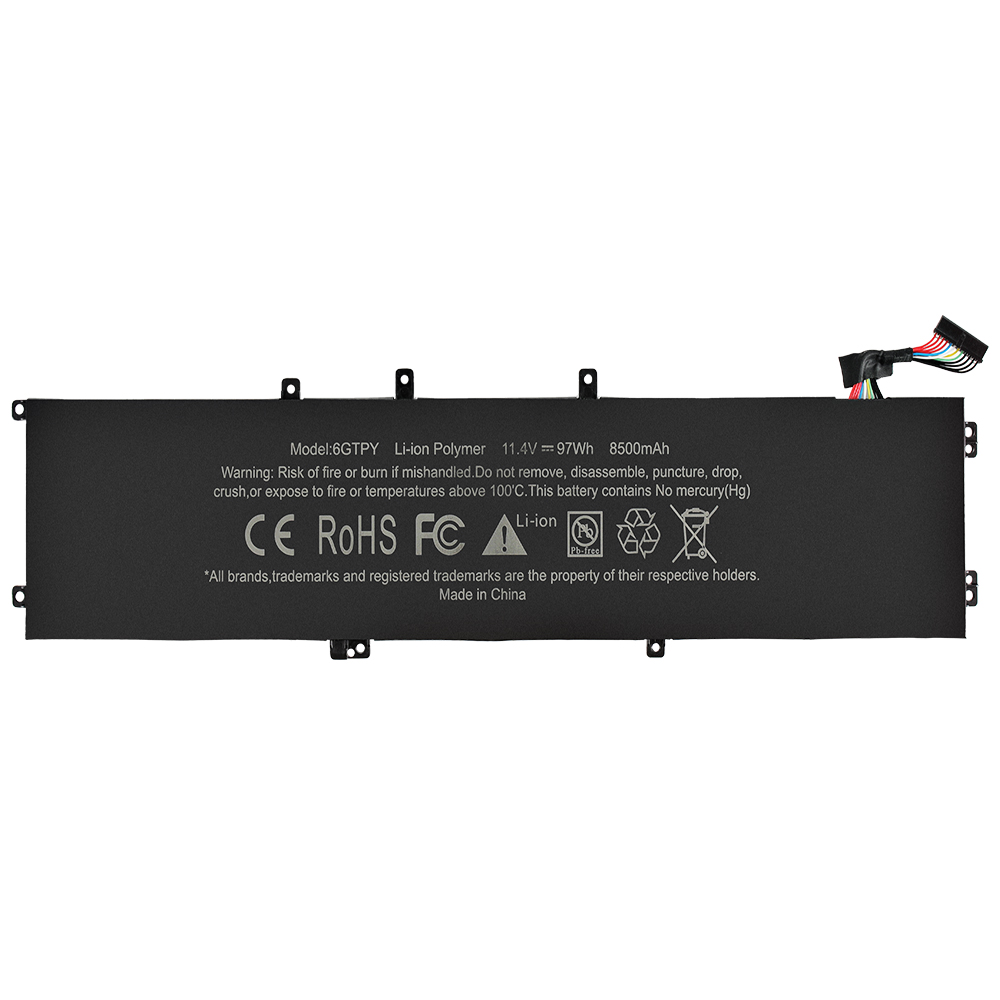-
Longshan 5th Rd, Xingsheng County,Longgang Street, Shenzhen
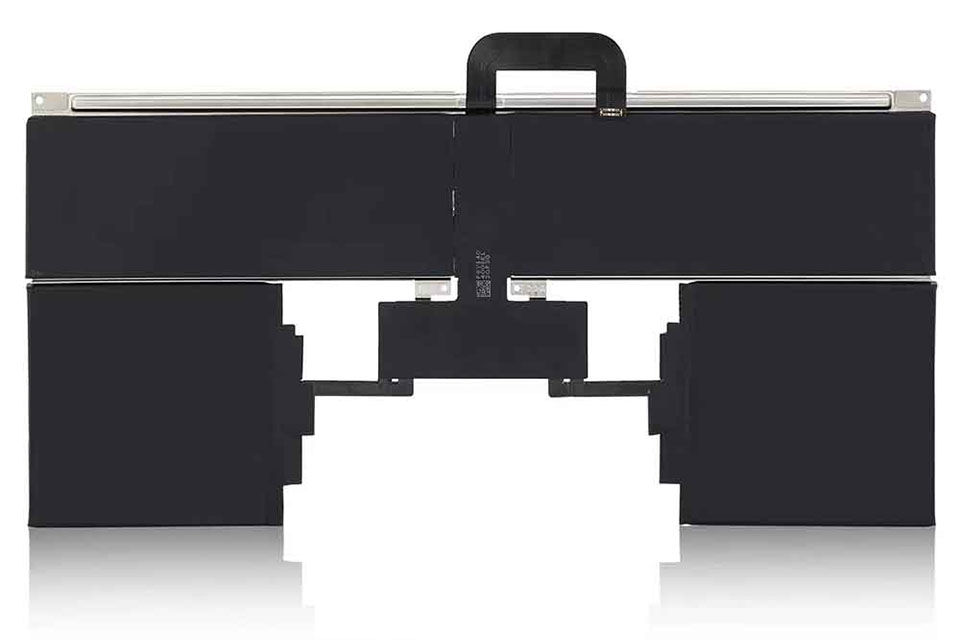
When is my laptop battery not charging?
A laptop computer battery not billing can be really discouraging. It can stop your job or interrupt your day. Yet do not stress! Typically, the repair is easier than you assume. This short article will certainly lead you on why your laptop computer battery could not be billing and exactly how to repair it. Allow’s check out the factors and services.
Table of Contents
Typical Factors Your Laptop Computer Battery Will Not Bill
1. Power Supply Issues
If your laptop computer battery is not billing, the very first point to examine is the power supply. Occasionally, a malfunctioning a/c adapter or a harmed billing wire is the perpetrator. Examination an additional electrical outlet or utilize a various rise guard. Constantly guarantee the power adapter is operating appropriately.
- Make use of a correct OEM power adapter
- Look for wire and adapter damages.
- Examination with an additional tool to guarantee the electrical outlet is functioning.
2. Battery Age/Health
Laptop computer batteries, especially lithium-ion batteries, weaken in time. After 300-500 cycles, they just hold regarding 80% of the initial ability. A significantly released battery at 0% can secure and call for total substitute.
- Inspect battery life-span.
- Change if older than 3 years.
- Address physical damages like swelling.
3. Software Program Problems
Software application problems, such as out-of-date chauffeurs or damaged power administration setups, can stop your battery from billing. Pests in the BIOS/UEFI firmware can likewise create issues.
- Update battery chauffeurs and biographies.
- Solve power administration problems in the OS.
- Look for OS updates or battery administration devices.
Detailed Troubleshooting
Right here’s a fast run-through of what you can do to solve billing problems:
1. Inspect Source Of Power
Guarantee the source of power are functioning:
- Adapter/Outlet: Attempt a various electrical outlet.
- Wire Swap: Think about an extra USB-C or OEM wire.
Table: Diagnostic Information and Effect
| Source Of Power | Analysis Statistics & & Effect |
|---|---|
| Air Conditioning Adapter Issues | 30% of billing problems because of malfunctioning adapters or wires. |
| Swollen Batteries | 22% of mistakes from lithium-ion swelling. |
Laptop Computer Billing Issues: Typical Reasons
Equipment Mistakes (30%): Faulty a/c adapters or harmed billing wires are one of the most typical offenders. Constantly examine links.
Swollen Battery (22%): A substantial security danger. Stands for almost a quarter of failings. Change instantly if identified.
Various Other Reasons (30%): Consists of inappropriate battery chargers (18%), customer setups mistakes (12%), and driver/BIOS problems. Constantly examine these also.
2. Evaluate Equipment
Take a look at physical parts:
- Battery Inspect: Try to find swelling or loosened links.
- Ports: Tidy billing ports to eliminate dirt or particles.
3. Reset the Battery
Resetting the battery can occasionally recover capability:
- Get rid of the battery, press the power switch for 15 secs, and return it.
- For secured devices, discharge entirely and bill undisturbed.
4. Update Drivers/BIOS
Execute software application upgrades:
- Reinstall “Microsoft ACPI-Compliant Control Technique Battery” motorist.
- Update to the current biographies firmware.
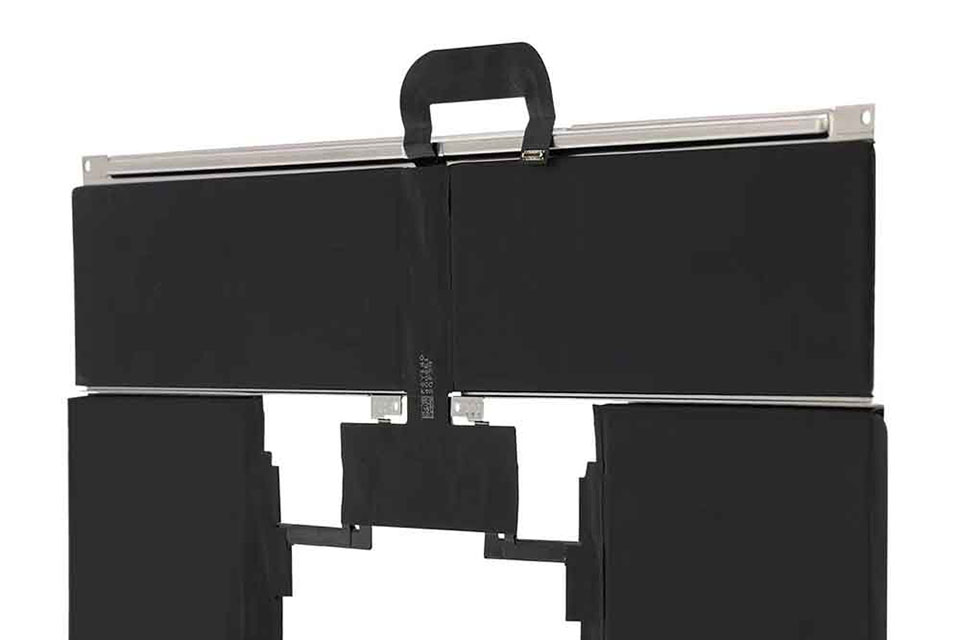
5. Run Diagnostics
Usage analysis devices pre-installed by producers for much better understandings:
- HP Battery Inspect, Dell Power Supervisor, or comparable applications.
Advanced Solutions
If fundamental troubleshooting does not aid, think about sophisticated solutions:
Alter the Battery
For much better battery wellness:
- Run complete calibration cycles: Fee to 100% and discharge to 0%.
Disable “Battery Restriction” Setups
Some brand names have setups that restrict billing:
- Shut Off Battery Saver from biography or laptop computer administration applications.
Change Charging Circuit Parts
Occasionally parts like the DC-in jack or interior ports might require substitute.
When to Change the Battery
Recognizing when to change your battery is important:
Physical Damages
Indicators like leakages or overheating show prompt substitute.
Consistent Reduced Fee
If it’s stuck at 0% regardless of efforts, substitute is required.
Safety And Security Cautions
Never ever try repair services on lithium-ion batteries; it is high-risk.
Frequently Asked Questions
u003cstrongu003eCan a dead laptop battery be revived?u003c/strongu003e
Rarely, if recalibration fails, replacement is advisable.
u003cstrongu003eIs it safe to use a third-party charger?u003c/strongu003e
Only if the voltage and amperage match OEM specifications.
u003cstrongu003eHow much does a replacement cost?u003c/strongu003e
Typically $50-$150, varying by brand.
Final Thought
To conclude, a non-charging laptop computer battery is a typical however rectifiable trouble. It needs examining power links, upgrading software application, and occasionally changing the battery. Constantly manage batteries securely, and do not wait to look for expert assistance if required.
For even more understandings regarding battery kinds and treatment, examine these web pages regarding Asus laptop computers and Dell laptop batteries If you run into consistent issues, you could wish to change your laptop computer’s battery with a top quality Asus battery for maximized efficiency.


